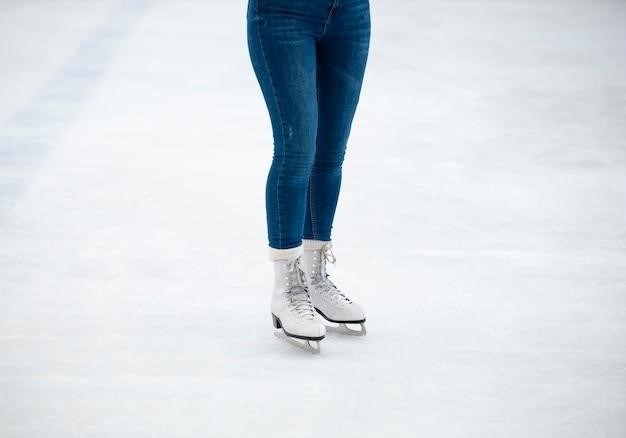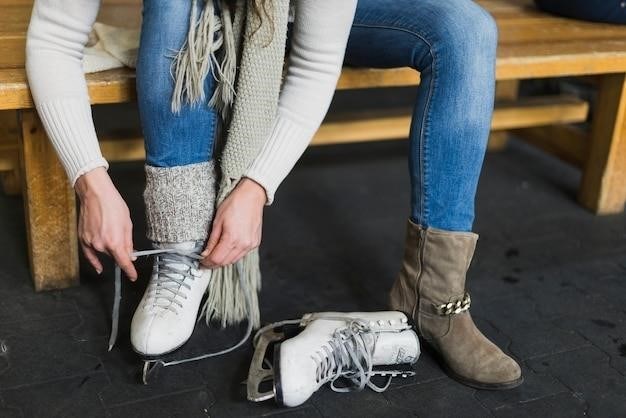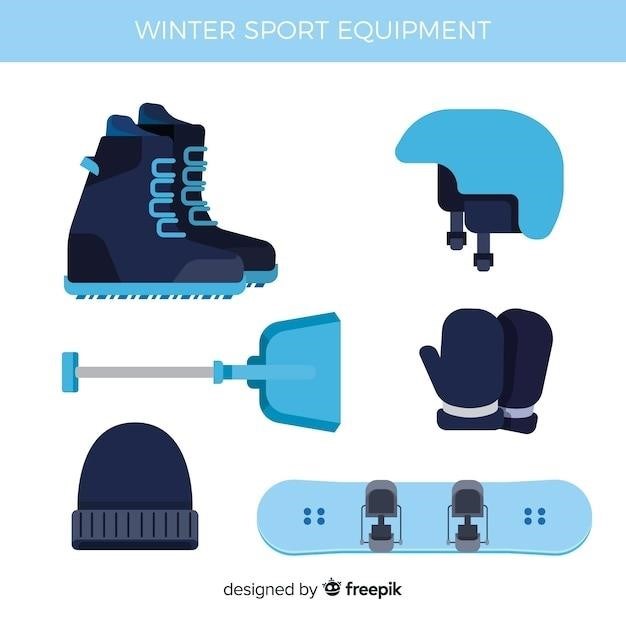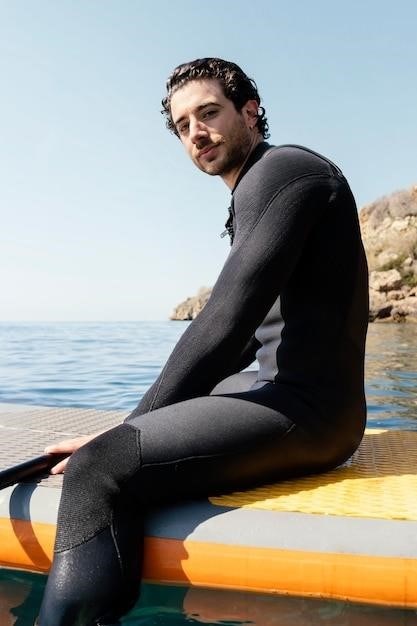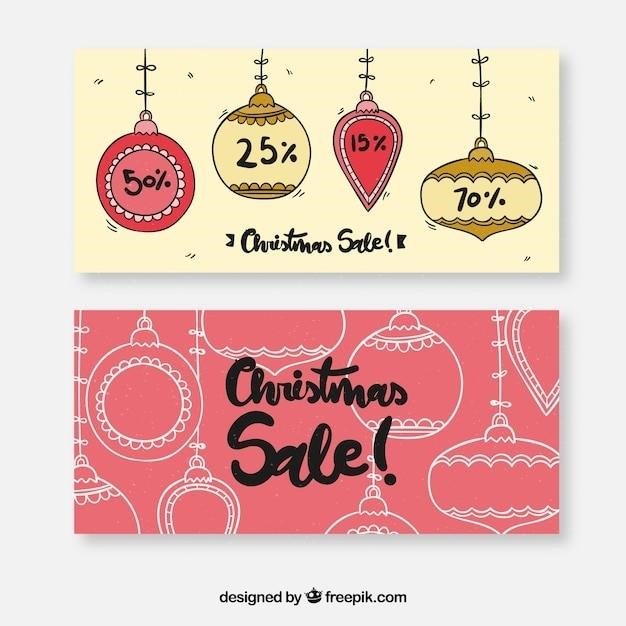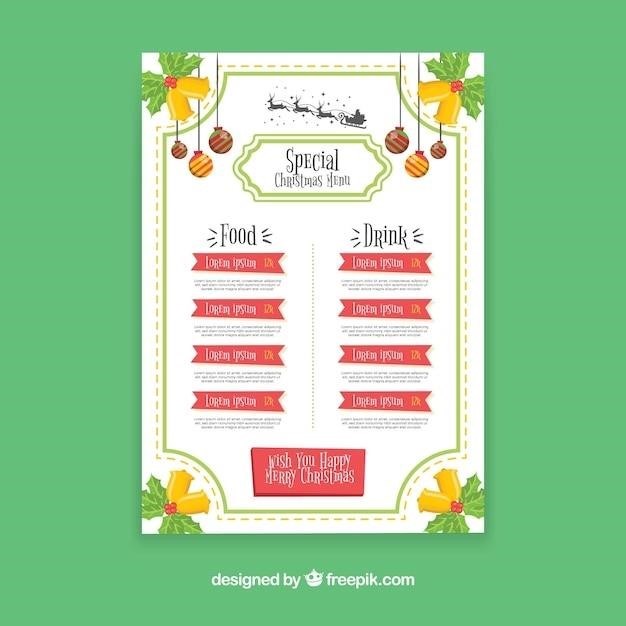Clarksville, TN TV Guide⁚ Your Complete Local Programming Guide
Discover the best in local Clarksville, TN television programming with our comprehensive guide! Whether you’re searching for over-the-air channels, cable and satellite listings, or the latest Spectrum TV and Internet deals, we’ve got you covered․ Find your favorite shows, explore local channels, and stay up-to-date on the latest broadcast schedules․ Our guide is your ultimate resource for all things Clarksville TV․
Local TV Stations and Networks
Clarksville, TN boasts a diverse range of local TV stations and networks, offering a variety of programming to suit every taste․ From major networks like NBC, ABC, CBS, and FOX to local affiliates and independent stations, you’ll find a wealth of entertainment, news, and information at your fingertips․
To ensure you’re tuned in to the right channels, use our comprehensive guide to identify the local stations broadcasting in your area․ We provide details on each station’s call sign, channel number, digital frequency, and ownership information, making it easy to navigate the Clarksville TV landscape․
Whether you’re a fan of primetime dramas, local news updates, or educational programming, our guide will help you locate the stations that bring your favorite content to your screen․ With our detailed listings, you can easily find the channels you need to stay connected to the world around you․
Over-the-Air (OTA) TV Guide

Enjoy free, high-quality television programming with our comprehensive Over-the-Air (OTA) TV guide for Clarksville, TN․ Our guide is your ultimate resource for discovering the local broadcast channels you can access for free with a simple TV antenna․
No need to pay for cable or satellite subscriptions! With our detailed OTA TV listings, you can easily find the channels that offer your favorite shows, news programs, and sporting events․ Whether you’re looking for a specific channel or simply browsing for something new to watch, our guide is your go-to source for free entertainment․
We provide a comprehensive schedule of what’s on now and tonight, helping you plan your viewing schedule with ease․ Our OTA TV guide is updated regularly to ensure you have access to the most accurate and up-to-date information․ Start enjoying free television today with our convenient and informative OTA TV guide․
Cable and Satellite TV Listings
Get the complete picture of your cable and satellite TV options in Clarksville, TN with our comprehensive listings! We provide detailed information on the channels, packages, and programming available through your preferred provider․ Whether you’re a fan of cable or satellite, our guide is your one-stop shop for finding the best deals and discovering the perfect viewing experience․
Our listings are designed to help you make informed decisions about your TV service․ We provide clear and concise information on channel lineups, pricing, and special offers․ You can easily compare different providers to find the plan that best suits your needs and budget․
With our up-to-date listings, you can stay informed about the latest programming changes and discover new channels and content․ We also provide detailed descriptions of popular channels, so you can find the ones that align with your interests․ Our goal is to make your cable and satellite TV experience in Clarksville as enjoyable and informative as possible․
Spectrum TV and Internet Deals
Unlock the power of entertainment and connectivity with Spectrum’s unbeatable TV and internet deals in Clarksville, TN! Spectrum offers a wide range of packages to suit your needs and budget, from basic cable and internet to premium channels and blazing-fast speeds․
Experience the thrill of live TV with a vast selection of channels, including local favorites and premium networks․ Enjoy crystal-clear picture quality and seamless streaming with Spectrum’s reliable internet service․ And with Spectrum’s bundle deals, you can save big on your monthly bills by combining TV and internet into one convenient package․
Whether you’re a cord-cutter looking for affordable options or a tech enthusiast seeking the latest in entertainment technology, Spectrum has something for everyone․ Explore their range of deals, compare packages, and find the perfect combination of TV and internet to enhance your home entertainment experience in Clarksville․
Clarksville, TN Local TV Listings
Stay informed and entertained with our comprehensive guide to Clarksville, TN local TV listings․ Discover a world of programming options, from news and weather to sports and entertainment, all delivered by your favorite local channels․
Our guide provides you with an up-to-date schedule of what’s on TV now and tonight, making it easy to plan your viewing experience․ Whether you’re looking for specific shows, movie premieres, or live sporting events, our listings make it simple to find what you’re looking for․
Explore a variety of local channels, including NBC, ABC, CBS, and FOX, to find the programs that resonate with your interests․ From informative news broadcasts to captivating dramas and comedies, Clarksville’s local channels offer a diverse selection to keep you engaged․
Tennessee Channel
The Tennessee Channel is a unique and valuable resource for residents of Clarksville and the entire state․ This collaborative effort between all six of Tennessee’s PBS stations brings the best of local television programming to viewers across the state․
The Tennessee Channel offers a diverse range of shows that celebrate Tennessee’s rich culture, history, and natural beauty․ From documentaries exploring the state’s unique landscapes and heritage to engaging programs showcasing local talent and perspectives, the channel provides a window into the heart of Tennessee․
Whether you’re interested in learning about the state’s history, discovering new artistic expressions, or simply enjoying informative and entertaining programming, the Tennessee Channel has something to offer everyone․ Tune in to experience the best of Tennessee television and connect with the communities that make this state so special․
Clarksville, TN TV Listings⁚ What’s On Now and Tonight
Stay up-to-date on the latest television programming in Clarksville, TN with our comprehensive TV listings guide! We provide a detailed schedule of what’s on now and tonight across all local broadcast channels, making it easy to plan your viewing experience․
Whether you’re looking for your favorite primetime shows, catching up on daytime talk shows, or exploring new documentaries and movies, our guide has you covered․ Browse our listings by channel or by time, and easily find the programs that interest you․ You can also search for specific shows or actors to see when and where they’re airing․
Our TV listings are updated regularly to ensure you have the most accurate and up-to-date information․ With our comprehensive guide, you’ll never miss a moment of your favorite television shows again․
Find Your Favorite Shows
Our Clarksville, TN TV guide makes it easy to find your favorite shows․ Whether you’re a fan of drama, comedy, reality TV, news, or sports, our guide has you covered․ Simply use our convenient search function to find your favorite shows by name, genre, or network․ You can also browse our listings by time or channel to see what’s currently airing․
We also offer a variety of features to help you find new shows to watch․ Our “What’s Popular” section highlights the most-watched shows in Clarksville, while our “Trending Now” section showcases the latest and greatest shows that are gaining popularity․
With our comprehensive guide, you’ll never be stuck wondering what to watch again․ Start exploring your favorite shows today!
Clarksville, TN TV Listings⁚ Cable, Satellite, and Antenna
Our Clarksville, TN TV guide provides comprehensive listings for all major cable, satellite, and antenna providers․ Whether you’re a Spectrum subscriber, a Dish Network user, or rely on an over-the-air antenna, our guide has you covered․
Browse our listings by provider to see what channels are available in your area․ You can also search by channel number, program name, or genre to quickly find what you’re looking for․
Our guide also includes information about each provider’s channel packages and pricing, so you can easily compare options and find the best deal;
Stay up-to-date on the latest Clarksville, TN TV programming with our comprehensive listings for cable, satellite, and antenna providers․
Clarksville, TN TV Listings⁚ Free Local Channels
Enjoy a wide selection of free local channels in Clarksville, TN with our comprehensive guide! Our listings include all the major broadcast networks, including NBC, ABC, CBS, and FOX, offering a diverse range of news, entertainment, and sports programming․
Our guide provides detailed information on each local channel, including their call sign, channel number, and digital frequency․ This allows you to easily identify and tune in to your favorite channels using an antenna․
We also offer a schedule of upcoming programming, so you can plan your viewing in advance․ Our guide is your one-stop resource for staying informed about the best free local TV channels in Clarksville, TN․
Enjoy free access to local news, entertainment, and sports with our Clarksville, TN guide to free local channels!
Clarksville, TN TV Listings⁚ Broadcast TV Guide

Stay up-to-date on the latest broadcast programming with our comprehensive Clarksville, TN TV guide! Our listings cover all local channels, including major networks like NBC, ABC, CBS, and FOX, ensuring you never miss a moment of your favorite shows․
Browse our guide to discover what’s on now and tonight, allowing you to plan your viewing schedule with ease․ We provide a detailed breakdown of each channel’s programming, including show times, descriptions, and even episode synopses․
Our guide is designed to be user-friendly, with easy navigation and intuitive search functions․ Whether you’re looking for specific shows, channels, or time slots, our Clarksville, TN broadcast TV guide has you covered․
Stay informed and entertained with our comprehensive and up-to-date guide to Clarksville, TN broadcast television!
Clarksville, TN TV Listings⁚ Full TV Listings Schedule
Discover the complete television landscape of Clarksville, TN with our comprehensive TV listings schedule․ We provide a detailed breakdown of programming across all major networks, local channels, and cable providers․ No matter your preferred method of viewing, our guide has you covered․
Explore our schedule to uncover the best shows, movies, and events airing in Clarksville, TN․ You can easily search by channel, time, or even by show title․ Our user-friendly interface allows you to quickly find what you’re looking for and plan your viewing schedule with ease․
Stay informed about premieres, special events, and must-see programming with our comprehensive and regularly updated TV listings․ Don’t miss a moment of your favorite shows with our complete guide to Clarksville, TN television․







